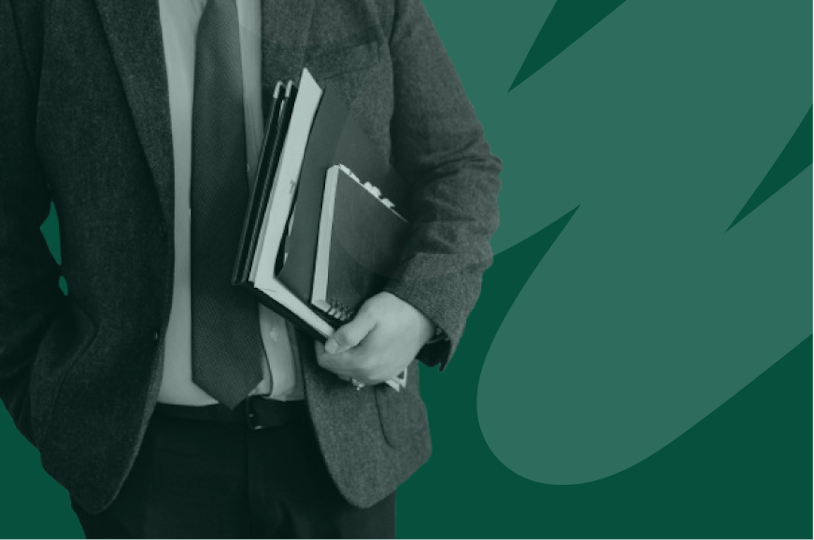
What are the 3 Pillars of Corporate Sustainability?
In this article, we'll explore what the 3 pillars of corporate responsibility are, why they're important, and how businesses can turn them into practical action.
ESG / CSR
Industries
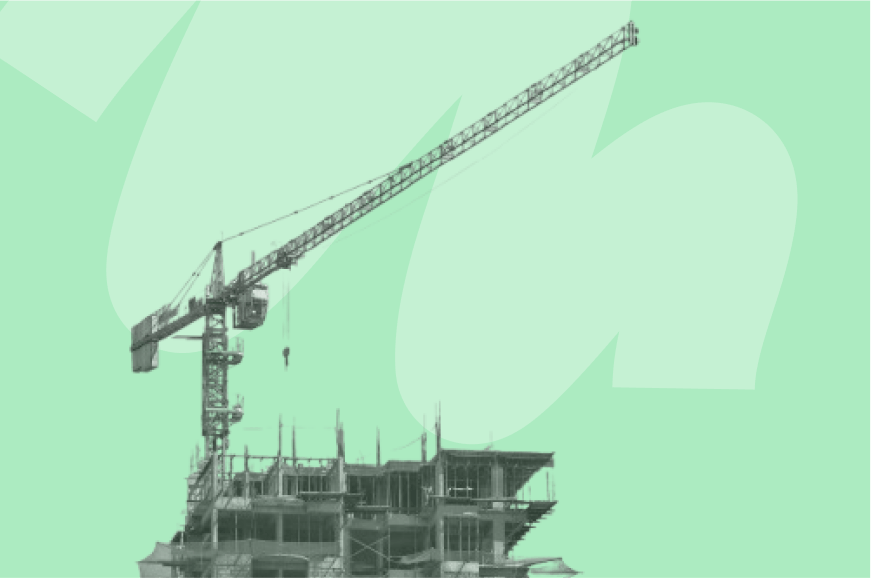


LEED (Leadership in Energy and Environmental Design) certification has propelled green buildings into the mainstream, becoming the most widely recognised sustainability credential for architects, project developers, homeowners, and interior designers.
With its holistic framework and versatile rating system, LEED certification can be applied to nearly any type of building project.
👉 In this article we'll explore what LEED certification means, what it involves, and how it can help businesses to minimise their carbon footprint.
The acronym LEED stands for “leadership in energy and environmental design.” LEED Certification helps building owners and designers demonstrate the sustainability of their projects.
Getting certified by the world's most widely recognised 3rd-party green building certification means a lot for improving your ESG credentials.
To obtain a LEED certification, a point system called the LEED credit library is utilised to track the environmental aspects addressed by the LEED project. For those aiming to achieve LEED Platinum status, strict adherence to all components of the rating system is crucial. This entails reducing carbon emissions, enhancing energy efficiency, and safeguarding the health and environment of the project's surroundings.
💡 While not all LEED certification requirements are as stringent, projects aspiring to attain LEED Platinum status or obtain designations such as LEED Green Associate or LEED AP should endeavour to make significant progress across all listed categories.
The visionary architect Bob Berkebile played a pivotal role in the origins of LEED (Leadership in Energy and Environmental Design) certification. In 1989, he led the charge by petitioning the American Institute of Architects (AIA) to embrace environmental design, setting the stage for a transformative movement.
Not long after, Berkebile collaborated with the Environmental Protection Agency (EPA) to develop sustainable design recommendations that would shape the future of architecture. In 1993, his dedication culminated in the establishment of the United States Green Building Council (USGBC), an organisation entrusted with overseeing the LEED Certification program.
The results of Berkebile's tireless efforts are remarkable. Over 100,000 commercial buildings have achieved LEED Certification, showcasing their commitment to sustainability. What's more is that the impact of LEED extends globally, with projects across 180 different countries seeking LEED Certification and embracing environmentally conscious practices.

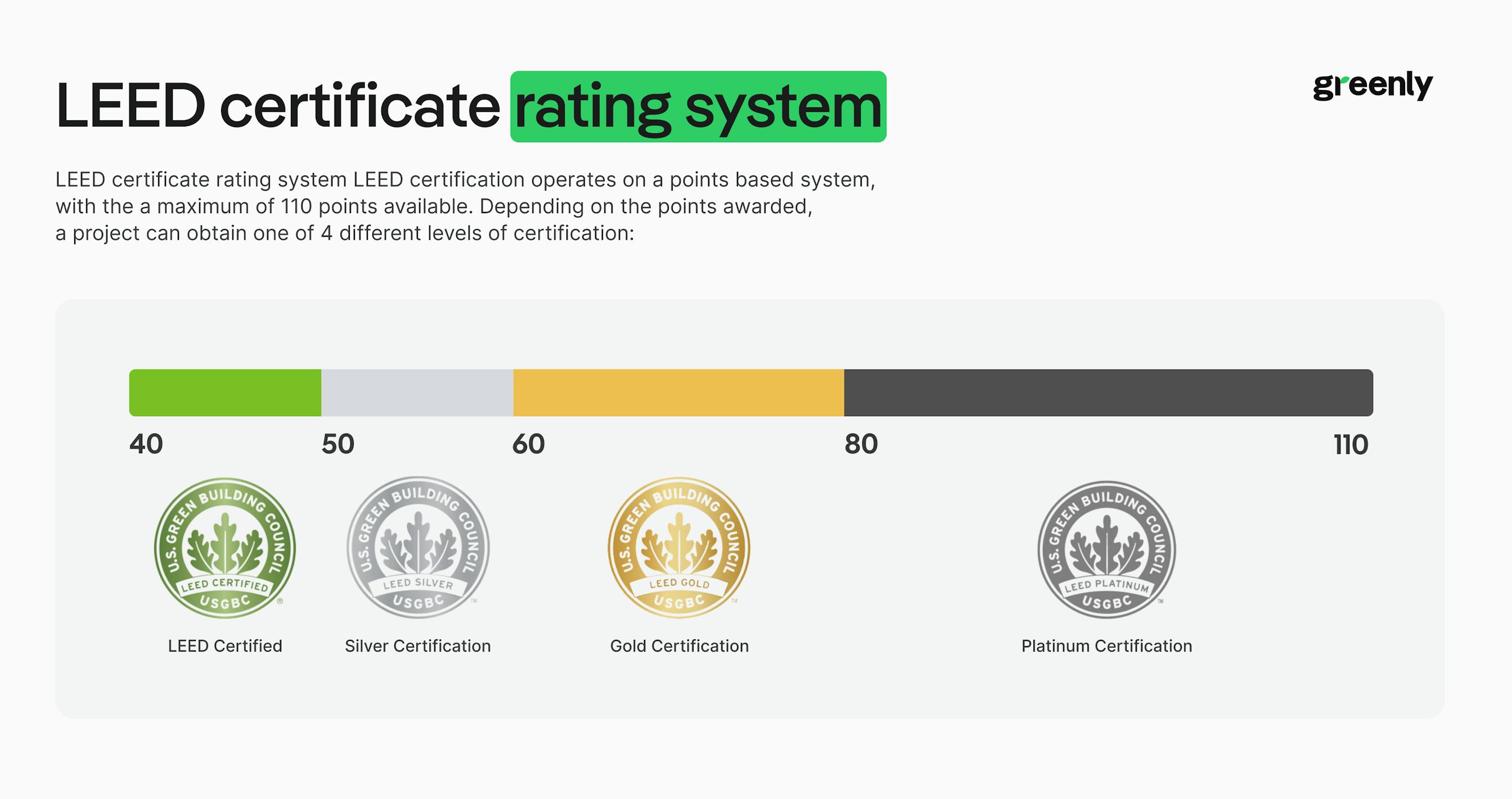

The LEED rating system operates on a point-based mechanism, evaluating sustainable systems and design elements employed in building projects. A maximum of 110 points can be awarded, enabling buildings to attain LEED certification and serve as beacons for future sustainable development.
Upon verification of a project's certification rating by a Green Building Council Inspector, a certificate stating the achievement level is awarded by a LEED-accredited professional.
The LEED rating system encompasses four distinct levels of certification:
Each certification level signifies commendable attainment of prerequisites, such as reducing CO2 emissions, promoting environmental sustainability, enhancing energy efficiency, optimising indoor air and environmental quality, improving energy performance, and prioritising materials sustainability.
The good news is that almost any building, whether it's an office building, a public facility, or a residential structure, can achieve LEED certification by adhering to green building principles. This applies to both new construction projects and renovation initiatives.
The five main categories for project types are:
To attain LEED accreditation, each project type must fulfil specific prerequisites. Once these requirements are met, the project becomes eligible to earn additional LEED credits through the point system.
Upon receiving LEED certification, a project demonstrates its commitment to the highest level of sustainability, assuring investors, tenants, and other occupants that it aligns with stringent standards. The certification also showcases the project's reduced environmental footprint, bolstering its climate credentials and highlighting its affiliation with the green building industry through a recognised green business certification.
Therefore, even if a project has already obtained LEED certification, it can strive to attain an even higher standard by leveraging its existing earned points. In other words, the LEED standards can be built upon to enhance the sustainability of already accredited or certified buildings.
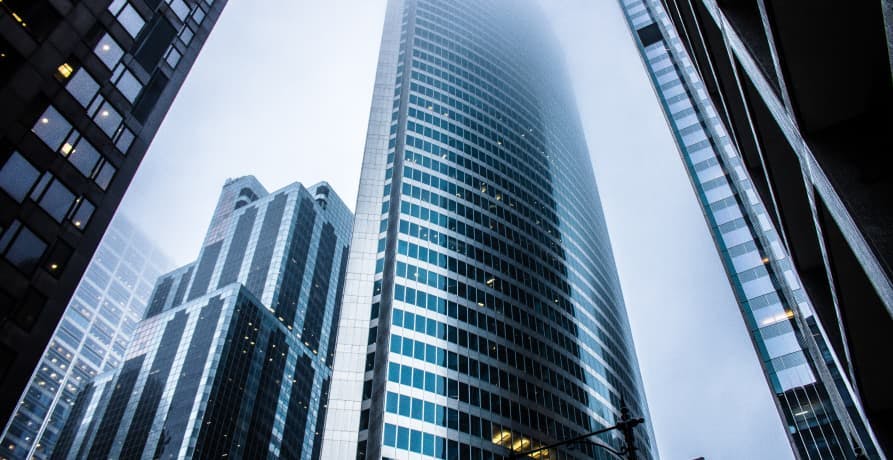
Applicants pursuing LEED certification must take into account various requirements that are essential for achieving their green building goals. The certification process requires the submission of thorough documentation to demonstrate compliance with detailed standards in the following key areas:
The certification framework for private homes demands an even more comprehensive approach, encompassing additional areas that are crucial for achieving certification. These areas include:
It is important to note that once a building satisfies the certification prerequisites, the points earned through the LEED rating system signify the incorporation of additional sustainable design elements in the project's pursuit of green building certification.

LEED certification examines all facets of buildings through the lens of sustainability. Often, sustainable improvements yield both environmental and human health benefits, making them mutually advantageous.
The certification's targeted building strategies emphasise different aspects with varying degrees of importance:
LEED certification takes a holistic approach to building projects. Its initiative aims to enhance the DNA of buildings to support healthy and safe living.
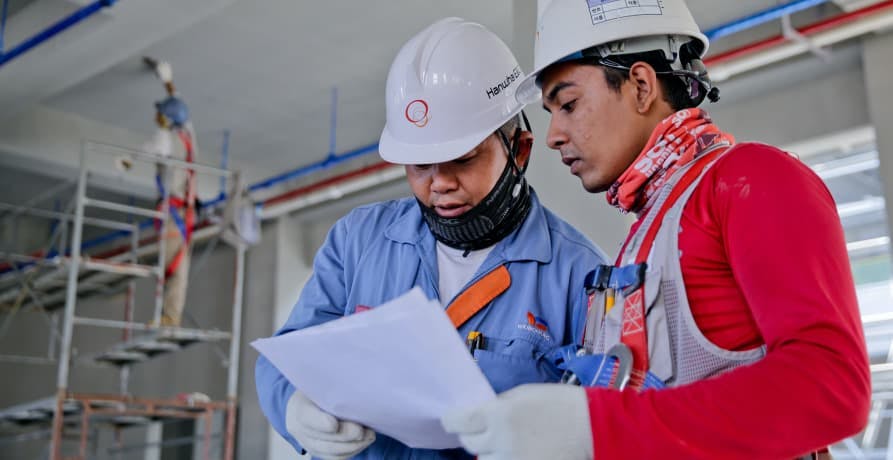
Energy and environmental design are intrinsically linked, especially in the context of addressing climate change. Building electrification plays a vital role in preparing buildings for a future powered by renewable energy. By transitioning to electric heating systems and appliances, buildings can align with a renewable energy grid. Furthermore, integrating on-site renewable energy generation and battery storage allows buildings to generate and utilise clean energy for their own operations.
💡 It's important to note that not all changes require extensive renovations. Existing buildings can significantly enhance energy efficiency through the adoption of technology and thoughtful design considerations. Simple upgrades such as LED lighting, improved insulation, and double-paned windows can minimise heat loss and maintain optimal temperature control. Additionally, incorporating smart thermostats empowers building owners to operate their properties efficiently while also working towards various certifications and sustainability goals.
Buildings have the power to enhance human health by embracing natural materials that are free from adverse health impacts. Incorporating elements like sunlight, mood-enhancing plants, and proper air circulation can further contribute to a healthy indoor environment.
It is crucial to be mindful of the potential health risks associated with certain materials commonly found in paints, synthetic carpets, and cleaning supplies. These items often contain high levels of toxic chemicals, which may hinder the pursuit of green building certification. By consciously avoiding such materials and other sources of indoor air pollution, and instead prioritising sustainable material choices during interior fit-outs, both existing buildings and newly developed sustainable sites can foster environmental and human health benefits.
With freshwater resources becoming increasingly scarce, buildings need to take an active role in addressing water efficiency concerns.
Incorporating appliances specifically designed for low-water use and implementing rainwater recycling systems are effective measures for reducing the water footprint of buildings. These strategies not only contribute to the preservation of precious freshwater resources but also align with common regional priorities. By adopting such practices, buildings can make significant strides towards becoming LEED-accredited projects, showcasing their commitment to sustainable water management.
Biodiversity loss is an unfortunate consequence of human development, but sustainable site development presents an opportunity to mitigate its impact on local ecosystems and wildlife. Implementing measures such as bird-proofing buildings, establishing rooftop gardens, incorporating native plants in landscaping, and creating permeable landscapes that support wildlife can effectively minimise the loss of biodiversity.
By integrating these sustainable practices into site development, buildings can contribute to the preservation and enhancement of local ecosystems, providing habitats for different species and promoting ecological balance. This approach not only helps to counteract biodiversity loss but also aligns with the principles of responsible and environmentally conscious construction and design.
When it comes to regenerative materials use and resource conservation, incorporating recycled materials into the construction of new projects can significantly reduce their environmental impact. Furthermore, certain materials have the ability to store CO2, creating a positive influence on their surrounding environment.
By opting for recycled materials, buildings can contribute to the circular economy and minimise the extraction of raw resources. This approach helps conserve natural resources while simultaneously reducing waste generation and carbon emissions associated with traditional manufacturing processes.
Additionally, utilising materials that store CO2, such as carbon-sequestering materials, further enhances the sustainability of buildings. These materials actively remove carbon from the atmosphere, helping to mitigate climate change while providing a greener and healthier built environment.
Building thriving communities is essential for sustainable development. Projects should prioritise shared benefits, education, and accessibility to support communities equitably. By fostering collaboration and inclusivity, buildings become catalysts for positive social change, promoting resilience and a better quality of life.
The benefits associated with LEED certification are as varied as the criteria themselves. Obtaining a LEED rating can offer building owners a wide range of economic, health, and environmental advantages, making it a valuable investment.
Cost savings - LEED certification frequently leads to reduced operational costs for buildings. According to data from LEED Certified projects between 2015 and 2018, significant savings were achieved, including approximately $1.2 billion in energy savings, $149.5 million in water savings, $715.3 million in maintenance savings, and $54.2 million in waste savings. Although the initial registration fee may appear daunting, the long-term financial benefits make it a wise investment decision.
ROI - Studies indicate that green buildings hold higher value compared to comparable non-green buildings. One study revealed an average premium of 11% in the sale price of LEED-certified office buildings, while another study observed that LEED buildings tend to command rental rates 15 to 18% higher than comparable buildings. These findings highlight the financial benefits and increased market appeal associated with green building practices.
Occupancy - In addition to commanding higher-than-average rents, LEED certified buildings also enjoy a notable advantage with 4% lower vacancy rates than non LEED certified buildings. This demonstrates that sustainable building design not only enhances environmental performance but also provides significant financial benefits for new construction sites and LEED buildings seeking accreditation through the rating system. Embracing sustainable practices can lead to increased tenant demand and occupancy rates, solidifying the economic advantages of pursuing LEED certification.
Building management - LEED projects benefit from robust support that extends throughout the entire life cycle of a building, covering key stages such as design, construction, and ongoing operations. The support provided encompasses a wide range of aspects, including guidance, resources, and expertise to facilitate the implementation of green systems.
From the initial planning and design phases to the construction process and subsequent operations, LEED offers valuable assistance to ensure that sustainable practices are effectively integrated and maintained. This support system empowers project teams to navigate the complexities of sustainable building practices with confidence, ultimately contributing to the long-term success and sustainability of LEED-certified projects.
ESG - A certified LEED project provides tangible evidence of environmental, social, and governance (ESG) performance for ESG investors. Within the realm of ESG, real estate holds significant potential for improvement, and businesses can readily implement sustainable practices in this sector.
By achieving LEED certification, businesses can showcase their commitment to ESG principles and demonstrate measurable progress in environmental sustainability, social responsibility, and strong governance practices. This enables them to attract ESG-focused investors and align their real estate endeavours with the broader goals of sustainable development.
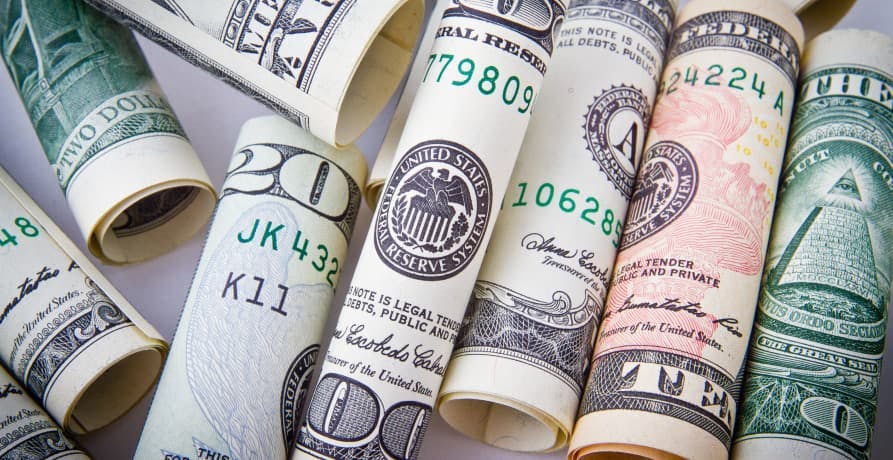
Employees - LEED certified spaces, such as LEED-certified buildings, have demonstrated a positive association with enhanced worker productivity. The emphasis on creating healthy and sustainable environments, including factors like improved air quality and access to natural light, contributes to a more conducive and inspiring work atmosphere.
Additionally, businesses that prioritise certified spaces often experience higher rates of employee recruitment and retention, as these spaces are seen as desirable workplaces that promote employee well-being and satisfaction. The commitment to certification reflects a forward-thinking approach that attracts top talent and fosters a positive work culture.
Indoor air quality - Maintaining good indoor air quality within buildings can significantly reduce the risk of asthma, allergies, mood disorders, and stress. By ensuring proper ventilation, controlling pollutants, and utilising sustainable materials, buildings can create healthier indoor environments that promote the well-being of occupants.
Outdoor air quality - Focusing on outdoor air quality can contribute to reducing smog levels in communities. By implementing sustainable practices that minimise emissions and pollutants from buildings and operations, we can help improve the air quality in the surrounding environment.

The study titled "Re-Assessing Green Building Performance" provides compelling figures that highlight the impact of LEED-certified buildings across various sustainability metrics. Here are some key findings from the study, which evaluated 22 buildings:
CO2 emission reduction - On average, certified buildings exhibit a remarkable 34% lower CO2 emissions compared to standard buildings. This translates to an impressive avoidance of approximately 78 million tons of CO2 emissions.
Energy efficiency - LEED-certified projects showcase a 25% reduction in energy consumption. Moreover, these projects attain an average ENERGY STAR score of 89 out of 100, indicating high energy efficiency performance.
Water consumption - Sustainable building design and construction practices contribute to an 11% reduction in water consumption, ensuring more efficient use of this vital resource.
Waste diversion - Thanks to LEED buildings, a staggering 80 million tons of waste have been diverted from landfills, emphasising the significant role of sustainable practices in waste management and recycling.
👉 In addition to these noteworthy figures, there are several other categories worth mentioning to further illustrate the impact of LEED certification:
Transportation - LEED certified projects and buildings play a significant role in reducing vehicle travel, collectively avoiding approximately 4 billion miles through strategic site selection and improved transportation efficiency.
Materials - LEED certified designs actively promote the use of green building materials, resulting in a substantial investment of approximately $100 billion in this sector. By prioritising sustainable materials that are environmentally responsible, resource-efficient, and socially beneficial, LEED projects drive market demand and foster the growth of the green building materials industry.
Sustainability improvements - LEED-certified buildings drive sustainability improvements and educate stakeholders, pushing for transformative change in the market. They help inspire industry-wide adoption of best practices and shape a more environmentally conscious future.
Assurance - Certification gives third-party assurance to state and local governments that their building projects are meeting certain objectives, reducing energy use, and creating a healthier environment.
Green building rating system - The different LEED ratings create a tiered system that identifies the projects that go the furthest in terms of energy sustainability and environmental design. It encourages project owners to strive for an even higher certification award.
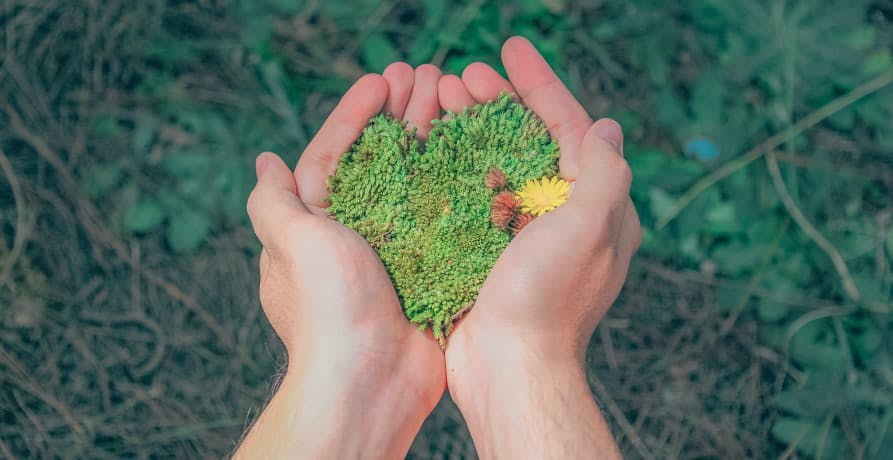
LEED certification is available for five distinct building project types, and it can also be obtained for larger areas such as neighbourhoods and communities.
| Category | Description |
|---|---|
| Building Design and Construction (BD+C) | Covers new construction, core and shell of building designs, and public buildings (schools, retail, hospitality, data centres, warehouses, distribution centres, healthcare). Essential for sustainable building design and construction. |
| Interior Design and Construction (ID+C) | Focuses on renovation, interior design updates, and fit-out projects for commercial interiors, retail, and hospitality sectors. Provides a framework for sustainable practices and enhancing environmental performance of interior spaces. |
| Building Operations and Maintenance (O+M) | Targets sustainability upgrades for existing buildings with minimal construction, covering schools, retail, hospitality, data centres, warehouses, and maintenance facilities. Enables LEED certification through targeted sustainability modifications. |
| Neighbourhood Development (ND) | Includes residential, non-residential, or mixed-use development projects, certifiable at any development stage (planning or construction). Applies to both planned and built projects. |
| Homes | Encompasses single-family homes, low-rise multi-family homes (1-3 stories), and mid-rise multi-family homes (4+ families). For buildings taller than 4 stories, BD+C category is applicable. |
| Cities and Communities | Designed for sections of cities or entire municipalities to manage environmental resources and enhance quality of life. |
LEED Recertification provides buildings with the opportunity to maintain their LEED credentials and uphold their sustainable performance over time. It allows buildings to demonstrate ongoing commitment to environmental sustainability, ensuring that they continue to meet the rigorous standards set by the LEED certification program.
LEED Zero provides support to projects striving for net zero goals in areas such as carbon emissions and other critical resources.
❗️Please note that projects have minimum size requirements based on square footage. For more detailed information, please refer to the specific guidelines provided.
👉To learn how your company can transition to net zero, why not read our article

LEED (Leadership in Energy and Environmental Design) certification is indeed possible in the UK and is increasingly recognised as a mark of sustainable building practices. While it is more common in North America, the UK has seen a growing number of buildings achieving LEED certification, with several high-profile projects in London and other major cities.
The UK's equivalent to LEED is the BREEAM (Building Research Establishment Environmental Assessment Method), which also promotes sustainable construction and design practices.
Achieving LEED Certification requires careful planning and specific action items. By following these key steps, you can excel in the LEED Certification rating system for your green building project:
Greenly can help your company reduce its carbon emissions and improve sustainability.
Get in touch today to find out how Greenly can help!
